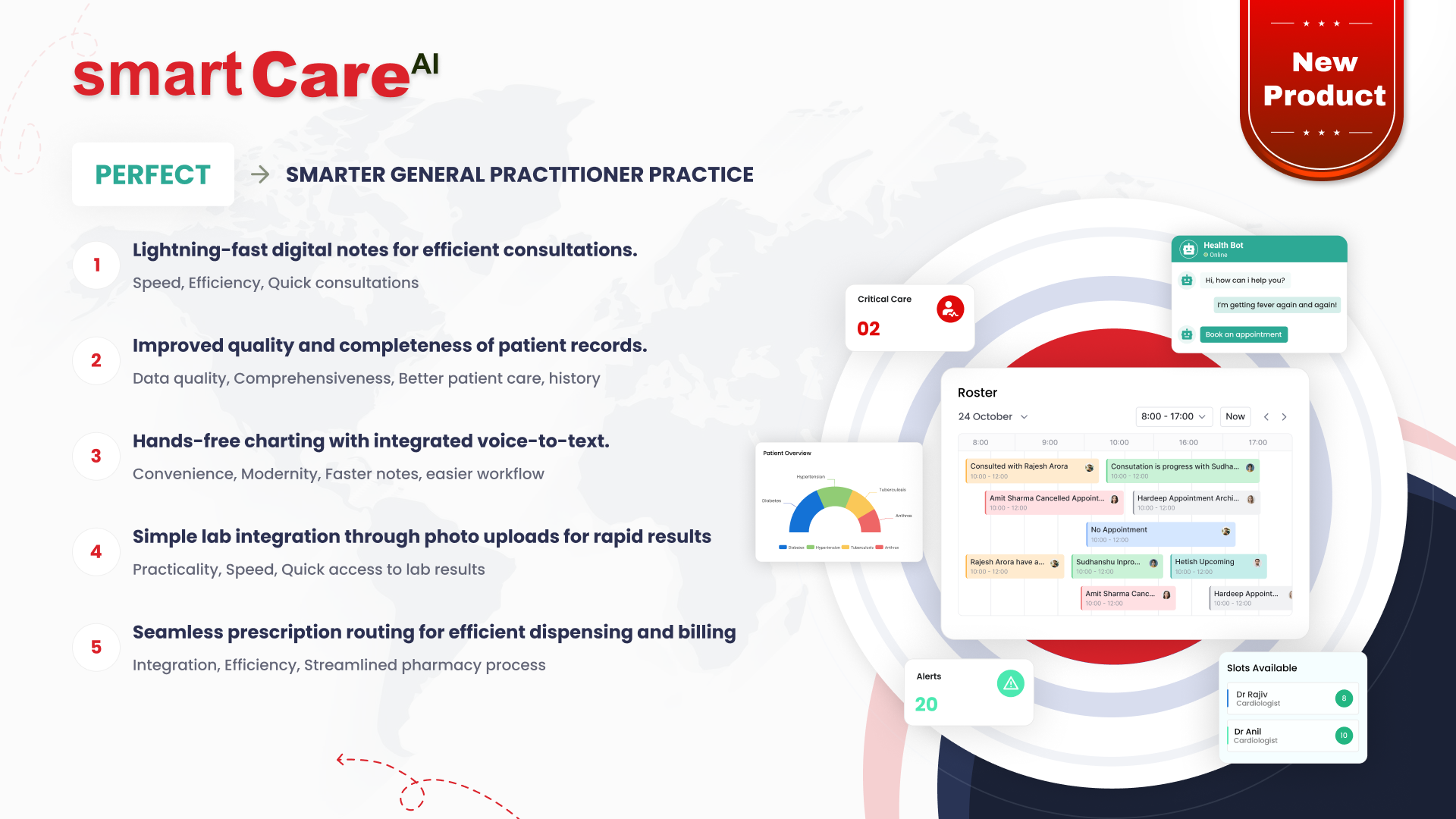
Posted On August 11, 2025
How Blockchain Can Boost Transparency in Patient Data Sharing
The secure and transparent sharing of patient data is a growing concern in today’s digital healthcare environment. While electronic health records (EHRs) have made data more accessible, they have also introduced challenges around data privacy, integrity, and trust. Blockchain technology is now emerging as a powerful solution to these issues, offering a new way to ensure transparency and security in patient data sharing.
What Makes Blockchain Different in Healthcare Data Sharing?
Blockchain is a decentralised digital ledger that records data in a secure, immutable format. Unlike traditional databases controlled by a central authority, blockchain is distributed across multiple nodes. This means that once data is entered, it cannot be altered without agreement from the entire network.
In healthcare, this approach provides a new level of transparency. Every data transaction is time-stamped and traceable, helping to ensure that patient records remain consistent and trustworthy throughout the system.
How Blockchain Builds Trust Between Patients and Providers
Trust is vital in healthcare, especially when it comes to sensitive medical data. Blockchain enables both patients and healthcare providers to access a shared, tamper-proof record of medical history. This transparency helps build trust, as patients can see exactly who accessed their information and why.
Smart contracts—a feature of blockchain—can also automate permissions. For example, a patient can grant a doctor temporary access to specific data, with the transaction recorded for complete visibility. This promotes responsible data usage and empowers patients to manage their own information.
Ensuring Data Accuracy with Blockchain Technology
Inconsistent or outdated patient records can lead to serious medical errors. Blockchain ensures that only verified data enters the system. Since all updates are recorded chronologically and require consensus, there’s less room for duplication or unauthorised changes.
With each entry permanently linked to previous ones, blockchain provides a complete history of a patient’s data. This audit trail ensures healthcare providers can make well-informed decisions based on accurate, up-to-date records.
Keeping Patient Records Secure and Tamper-Proof
Security is a major concern in digital healthcare. Traditional databases are vulnerable to hacking, data breaches, and accidental modifications. Blockchain significantly reduces these risks by encrypting data and distributing it across a secure network.
Even if one node is compromised, the rest of the network maintains data integrity. This structure makes it extremely difficult for hackers to alter patient records or introduce false information. As a result, blockchain provides a robust foundation for secure patient data sharing.
Why Real-Time Access to Data Matters for Better Care
Timely access to patient data can make a crucial difference in treatment outcomes. Blockchain enables real-time sharing of information between authorised users. Healthcare providers can access the most current data when they need it, helping them respond quickly and effectively.
Whether during emergencies or routine care, this instant availability of reliable information improves coordination and supports more accurate diagnoses and treatments.
Controlling Who Sees Your Health Data Using Blockchain
One of the main concerns patients have is knowing who can access their medical records. Blockchain empowers patients with control over their own data by using permissioned access. Each time a healthcare provider or third party wants to view a patient’s information, the blockchain records it as a transparent transaction that the patient can monitor.
This level of visibility builds trust and ensures that only authorised individuals access sensitive information. Patients are no longer left in the dark about who has seen their data or why.
Improving Coordination Between Hospitals and Clinics
Blockchain allows different healthcare providers to share data efficiently and securely. By using a decentralised ledger, information can be updated in real-time and shared across various institutions without the risk of duplication or error. This transparency enables better coordination between hospitals, clinics, labs, and specialists.
Improved data sharing leads to quicker diagnoses, fewer repeated tests, and smoother patient handovers. In emergency situations, having instant access to accurate patient records can even save lives.
Reducing Administrative Burden with Transparent Systems
Administrative work in healthcare often involves verifying patient information, processing claims, and handling consent forms. Blockchain can streamline these tasks by creating a single source of verified data.
Smart contracts, a feature of blockchain, can automate consent management and billing, reducing paperwork and the risk of human error. This efficiency frees up time for healthcare staff and reduces administrative costs.
How Blockchain Supports Regulatory Compliance
Healthcare organisations must comply with strict data protection regulations such as HIPAA and GDPR. Blockchain’s built-in audit trails make compliance easier by offering an unchangeable record of all data access and sharing activities.
This transparency allows organisations to quickly demonstrate who accessed what data, when, and for what purpose. It also enhances accountability and helps providers stay compliant without the need for complex manual tracking.
The Future of Patient-Centred Data Sharing with Blockchain
Blockchain is set to reshape how healthcare providers and patients interact with medical data. By shifting data ownership to patients and ensuring transparency across the board, blockchain supports a more patient-centred approach to healthcare.
As the technology matures and becomes more widely adopted, we can expect greater efficiency, reduced costs, and stronger data security throughout the healthcare industry.
Conclusion
Blockchain technology holds enormous promise for boosting transparency in patient data sharing. By giving patients more control, improving coordination among providers, reducing administrative tasks, and supporting regulatory compliance, blockchain can help build a more trustworthy healthcare system.
To learn more about how blockchain and other technologies can transform your healthcare software, visit smartdatainc.com.
